Chmod Give All Permissions To All Users
We will use 664binary permission.

Chmod give all permissions to all users. The command that executes such tasks is the chmod command. The chmod command (change mode) is a shell command in Linux. Sudo chmod g+w myfolder.
As all Linux users, you will at some point need to modify the permission settings of a file/directory. Recursively (-R) Change the permissions of the directory myfiles, and all folders and files it contains, to mode 755:. Chmod changes the permissions of each given fileaccording to mode, where modedescribes the permissions to modify.
After user level we have provide what needs to be done i.e. Chmod command is followed by which level user i.e. For example, to grant execution permissions for other users to a directory (mydir) and all the subdirectories it contains, you would enter:.
The chmod command allows you to change the permissions of files using symbolic or numeric mode. Using letters is easier to understand for most people. Do not give full permissions.
755 means full permissions for the owner and read and execute. Chmod a=r foldername to give only read permission for everyone. Edited Jun 10 ’11 at 19:57.
If chmod a+w filename, chmod +w filename and chmod ugo+w filename are alternative to each other then why not just use +w – Ravi Sevta Mar 10 '18 at 13:04. The third set of flags specifies the permissions that are to be removed, applied, or set:. We will use 777 $ chmod 777 file.
So if you want to give all permissions (rwx) to a user, we need to add read (4), write (2), and execute (1). Chmod command understanding how-to grant file permissions why i said title like that, because chmod command used for changing file mode bits. If you want to achieve something alike CHMOD (which is a UNIX/Linux command only, used to change file permissions), you need to right-click the file/folder you want to change permissions for, go to Properties and then Security.
It can change file system modes of files and directories. Often going through all of these steps isn't necessary, but this is a useful exercise to see how these commands work!. Mode can be either a symbolic representation of changes to make, or an octal number representing the bit pattern for the new.
The chmod command, like other commands, can be executed from the command line or through a script file. Group members and other users can read and execute, but cannot write. Using chmod 777 <file-name> gives everyone rwx permissions, and it is generally not a good practice to give full powers to all the users in a system.
Chmod is command which changes permission of a file or folder for particular user or group as per instructions provided. Chmod -R a+rX * click below button to copy the code. Sudo chmod -R 755 /www/store Each number have meaning in permission.
And even this… chmod 775 file_name chmod ug+rwx,o=rx file_name Both the commands give all permissions (code=7) to user and group, read and execute (code=5) for others. Chmod ugo+rwx foldername to give read, write, and execute to everyone. We can combine references to set permissions all at once.
The use of an equal sign (=) wipes all previous permissions for that category. Read permission on a. Probably one of the most used case of chmod is to give a file the execution bit.
Chmod -R MODE DIRECTORY. Chmod +x adds the execute permission for all users to the existing permissions. Another useful permission is given other users read permission but denying from editing the file.
To remove permissions to do anything. It means giving 755 permission to the all the files in recursive manner:. We can give all permission to all roles which means user, group and others can read, write and execute.
There even is a shorthand notation – a – to set permissions for all references. It means giving all (user+group+world) write permission to the all the files in recursive manner:. Each shell script must have the execute permission.
This is very insecure and dangerous action. The chmod command allows a user to change the permissions of a file/directory. Psftp> chmod go-rwx,u+w file.sh psftp> chmod a+r file.sh r- read w-write x-execute + symbol gives the permissions mentioned and - symbol revokes the permissions.
+ for adding and – for removing. $ chmod -R g+rx /var/www. It means giving group write permission to the all the files.
To recursively operate on all files and directories under a given directory, use the chmod command with the -R, (--recursive) option. Let us understand the Permission system on Linux. Both the codes give read (code=4) permission to user, write and execute (code=3) for group and read and execute (code=5) for others.
Therefore, Joe can access any file, of which he knows the name, in Fred's home directory. $ chmod 777 -R /path/to/Dir To assign reasonably secure permissions to files and folders/directories, it's common to give files a permission of 644 , and directories a 755 permission, using the find command and a pipe we can target just files. To assign read, write permissions only for user and group:.
The default umask is applied when creating a new file inside of a WSL distribution from Windows. The resulting permissions would be like this:-rwxrwx--x 1 abhi itsfoss 457 Aug 10 11:55 agatha.txt. Give the file’s owner read, write and execute permissions, read and execute permissions to group members.
G- group of users o,a - all u- own user So, in the above code chmod go-rwx,u+w file.sh --> revokes all permissions from group users, all and gives write permission for the own user. User can read, write, and execute;. At the Unix prompt, Fred should type.
User@host:/home/user$ touch file1 file2 file3 file4 user@host:/home/user$ ls -l total 0 -rw-r--r-- 1 user user 0 Nov 19 :13 file1 -rw-r--r-- 1 user user 0 Nov 19 :13 file2 -rw-r--r-- 1 user user 0 Nov 19 :13 file3 -rw-r--r-- 1 user user 0 Nov 19 :13 file4. $ chmod -R 600 /opt/lamp Read By Others But Can Not Edit. This permission give you the authority to open and read a file.
Group can read only;. The middle digit represents the permissions for the group members. The general syntax to recursively change the file’s permissions is as follows:.
Therefore any Windows app accessing Linux files will have the same permissions as the default user. In other words, give read permission to user, group and others:. To change directory permissions for everyone, use “u” for users, “g” for group, “o” for others, and “ugo” or “a” (for all).
To use chmod, the user must be the owner of the file. – Jaken551 Mar 10 '18 at 13:00. You can do all of it one single command:.
Chmod permission file_name There are two ways to define permission:. The a flag has the same effect as specifying the ugo flags together. I actually give group write permissions as well, for users which need to modify content, such as users used to deploy code.
Chmod -R will change all the permissions of each file and folder under a specified directory at once. User, group or all. But if you want to add this user to the group associated with "myfolder", you can run.
First create some empty files:. The rightmost digit represents the permissions for the others. If you need to list a file's permissions, use the ls command.
Here are some examples of how to use the chmod command in numeric mode:. Sudo usermod -a -G groupname username. Examples chmod 644 file.htm.
$ chmod 700 executable Give All Permissions To All Roles. The u flag sets the permissions for the file owner, g refers to the user group, while o refers to all other users. This is where Permissions set in, and they define user behavior.
If you want to change the permissions for all three kinds of users at the same time, you can use it in the following. To add read, write permissions to user and group to the permissions that already exist:. In this instance, the file owner is gaining read and write access, while the user group and other users are gaining read access.
Chmod 755 sets the 755 permission for a file. To change the permissions of a file, one uses the chmod command, with the following syntax:. Chmod -R a+rwX directory/ as root.
Use u for user, g for group, o for other, and a for all. Therefore, rwx is equal to 7. The modes include permissions and special modes.
Set the permissions of file.htm to "owner can read and write;. Others can read only". Symbol Meaning u user g group o other a all r read w write (and delete) x execute (and access directory) + add permission-take away permission # remove read write and execute permissions # on the file biglist for the group and others chmod go-rwx exam.pdf # give read and write permissions on the file.
You also want to add execute permission for the User owner. If you want to set permissions on all files to a+r, and all directories to a+x, and do that recursively through the complete subdirectory tree, use:. $ chmod u=rw,g.
Chmod changes the file mode bits of each given file according to mode, which can be either a symbolic representation of changes to make, or an octal number representing the bit pattern for the new mode bits. Another way to use chmod is to provide the permissions you wish to give to the owner, group, and others as a three-digit number. $ chmod a+rx pager.pl Next, sets read and write permission for user, sets read for group, and remove all access for others:.
$ chmod a-x myscript.sh Adds read and execute permissions for everyone (a):. To make the document read-only for group and others, we can use:. To remove execute permissions for all:.
This command changes the mode of Fred's home directory (represented by the ~), giving permission to all users to get to files in that directory. That looks like this:. How to Change Groups of Files and Directories in Linux.
Creating a new file. To change permissions recursively in all subdirectories below the specified directory, add the -R option;. If you do not specify a permission following =, the chmod command removes all permissions from the selected field.
$ chmod -R g+rwx /var/www. The options of chmod are as follows:. N Description ls binary 0 No permissions at all --- 000 1 Only execute --x 001 2 Only write -w- 010 3 Write and execute -wx 011 4 Only read r-- 100 5 Read and execute r-x 101 6 Read and write rw- 110 7 Read, write, and execute rwx 111.
Every file and directory in your UNIX/Linux system has following 3 permissions defined for all the 3 owners discussed above. Group permissions − The group's permissions determine what actions a user, who is a member of the group that a file belongs to, can perform on the file. The leftmost digit represents the permissions for the owner.
Chmod a=r document.docx 5.2. The letter or letters representing the owner (u), group (g), other (o) or all (a) followed by a + for adding permissions or a – for taking away permissions and then the letter for the permission (r for read, w for write and x for execute).In the above example, I added the execute permission for all users. Chmod +x filename.shto make filename.sh executable.
The operator determines whether to add (+), remove (-) or explicitly set (=) the particular permissions. (Recursively) will cause all files and directories within (underneath) the file/directory whose permissions are being changed to take those permissions. Using symbols (alphanumerical characters) using the octal notation method.
To give owner, group and everyone else permission to execute file:. Give the file’s owner read and write permissions and only read permissions to group members and all other users:. The chmod command changes the access permissions of files and folders.
The second case, I will leave you guys to figure out. What does chmod 755 do?. Chmod -R 755 myfiles.
By - Linux tutorial - team. The exact command is. The syntax is as follows:.
Chmod references operator modes filename The references are shorthand (u, g, or o) for each class. To give permissions to all users, use chmod a+w testfile.txt. Modecan be specified with octal numbers or with letters.
There you’ll see al. The default umask is 022, or in other words it allows all permissions except write permissions to groups and others. The basic syntax is:.
If you truly want any user to have full permissions on all files under directory/ (which may be OK if this is your personal computer, but is definitely not recommended for multi-user environments), you can issue this:. User, group, and all others. Often after downloading an executable file you will need to add this permission before using it.
$ chmod -R 600 /opt/lamp Read By Group But Not Edited. Chmod -R o+x mydir. Max OS-x specific, but still good, permissions;.
We may want to read by the owner group but not changed. Meanwhile, since group and others are only allowed to read the file, we give them 4. To add the write permission to the group.
We will set binary permission 660 for this. For example, we can make our document read-only for every user and group with:. $ chmod a+r file.pl Delete execute permission for all everyone (a):.
Remember, the owner’s permissions always come first, then followed by group and others. Command chmod 666 means that all users will have read and write permissions. Mykyta Dolmatov / Getty Images.
Here are a few examples of chmod usage with letters (try these out on your system). To add the write permission to the username user.

Change File And Folder Permission On Ubuntu Chmod Chown Command In Linux Youtube

Understanding File Permissions

Linux Chmod Chown Syntax And Chmod Chown Examples
Chmod Give All Permissions To All Users のギャラリー

Linux File Permissions Complete Guide Devconnected
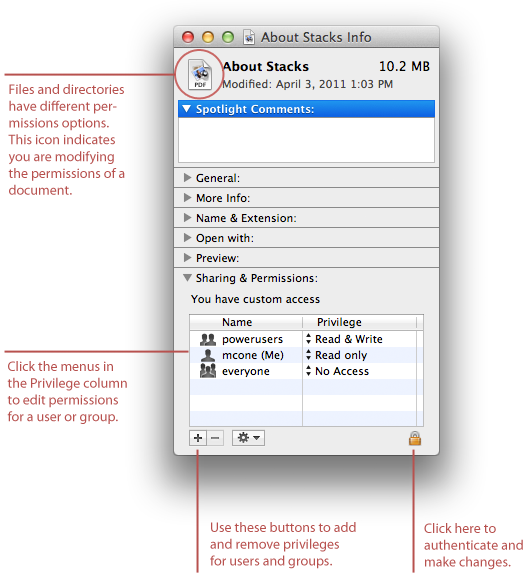
How To Set File Permissions In Mac Os X Macinstruct
Linux Chmod Tips

Linux Chapter 3 Permission Management Commands Change File Permissions Chmod 777 Root A Programmer Sought

Linux File Permission Javatpoint

Linux Commands 5 File Permission Chmod Youtube

Chmod Recursive Change Permissions Recursively On Files Folders

Chmod Wikipedia

How To Use The Chmod Command On Linux
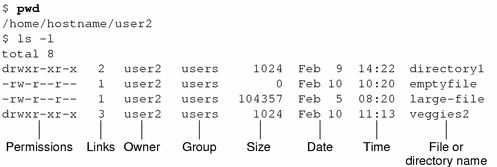
File And Directory Security Solaris Advanced User S Guide

Linux File Permission Change By Chmod Command In Linux Guide For Beginners

How To Change File Permissions Recursively With Chmod In Linux

An Introduction To Linux File Permissions Boolean World

Chmod 0400 Means

Ownership And Permissions
Chmod Cheatsheet Linux

Directory How Can I Change Permissions Of A Folder Including Its Enclosed Files And Subdirectories Ask Ubuntu

8 Linux Chmod Command Examples To Understand It The Linux Juggernaut
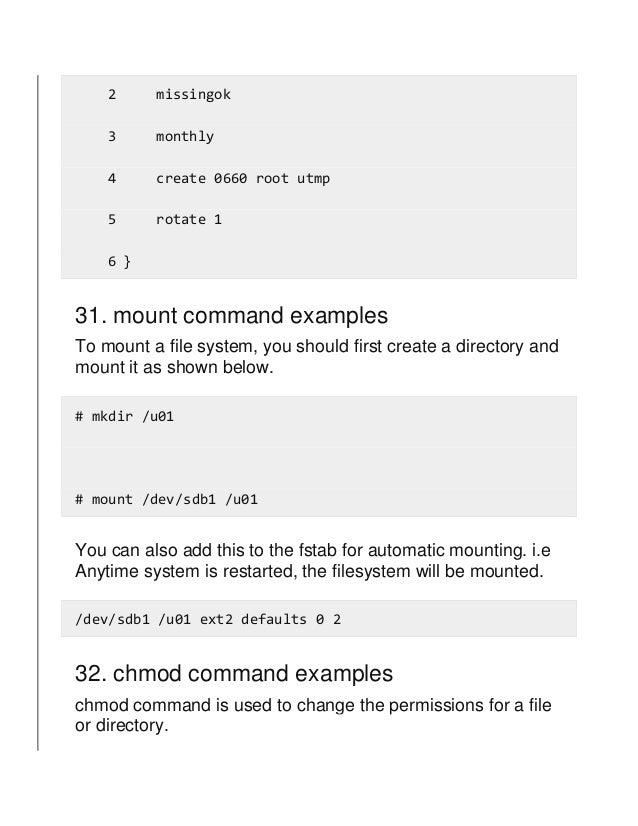
Give Write Access Chmod Unix

How To Set File Permissions In Mac Os X Macinstruct

How To Deny File Permissions To Everyone Except Yourself In Linux Linuxhostsupport

Modify File Permissions With Chmod Linode

How To Copy File Permissions And Ownership To Another File In Linux

Changing File Permissions Wordpress Org
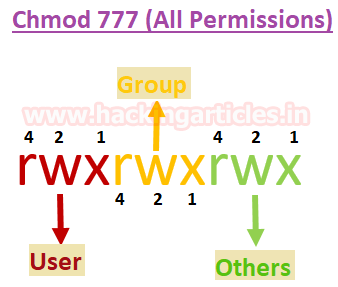
Linux Privilege Escalation Using Suid Binaries

How To Use Chmod Command In Linux Explained With Examples

Linux Terminal File Permissions Chmod Chown And Chgrp Youtube
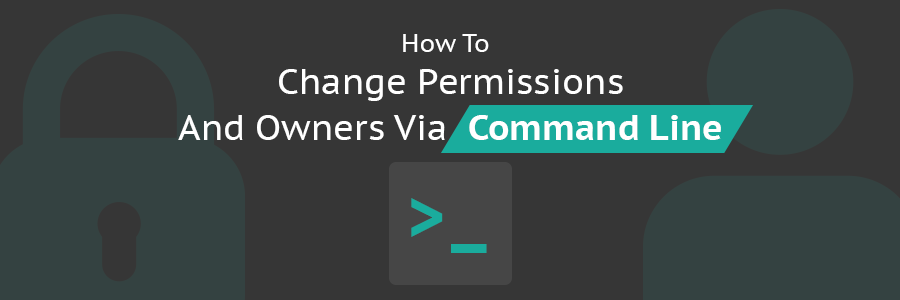
How To Change Permissions And Owners Via Linux Command Line
Why Would Using Chmod 777 Recursively From The Root Cause A Linux Box To Not Boot I Could Understand This If I Were Limiting Permissions But Why Would Adding Permissions Cause This

Linux Permissions An Introduction To Chmod Enable Sysadmin

Permissions In Linux Geeksforgeeks

How To Manage Permissions In Linux Guide For Beginners
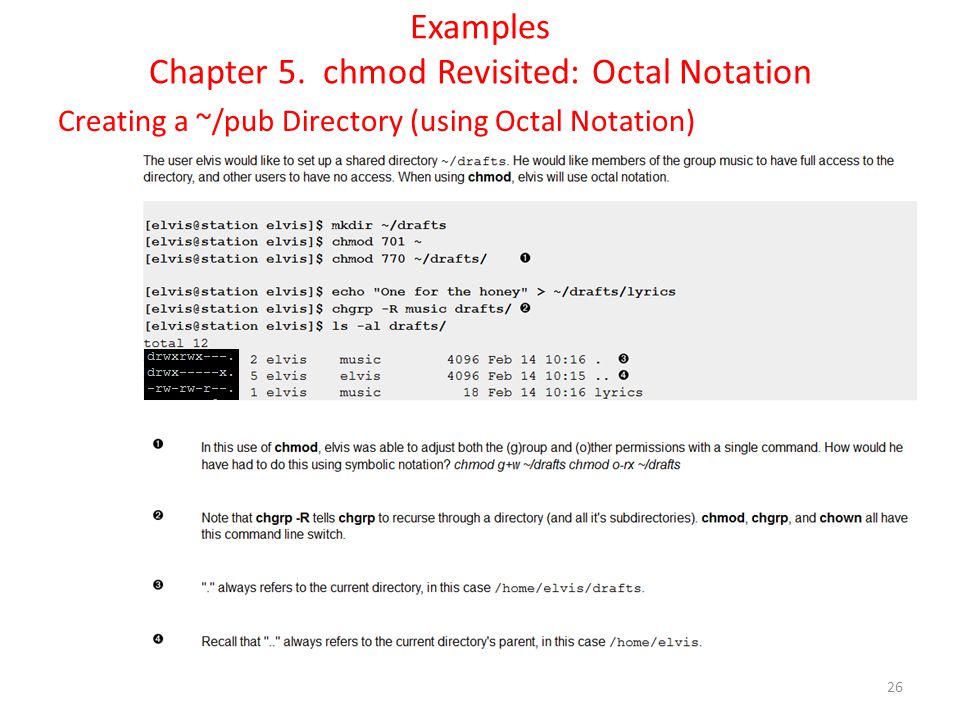
Workbook 4 File Ownerships And Permissions Ppt Video Online Download

How To Give Read Write Permissions To A Folder In Ubuntu Code Example

Lesson 9 Setting And Using Permissions Overview Describing File Permissions Using Execute Permissions With A File Changing File Permissions Using Mnemonics Ppt Download

Give Write Access Chmod Command

Chmod 777 In Terminal The Command To Make All Changes Affect Every File And Folder Ask Ubuntu
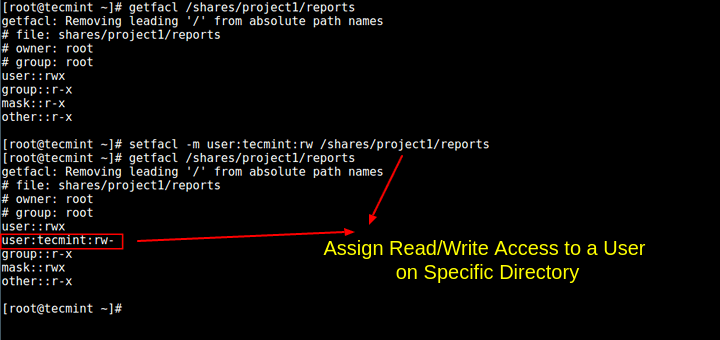
Assign Read Write Access To A User On Specific Directory In Linux

How To Use Chmod And Chown Command In Linux

How To Use Chmod And Chown Command Nixcraft

Linux Chmod Chown Syntax And Chmod Chown Examples
Q Tbn 3aand9gctejwme2dmdomohoy140oy72qp3e1pn8jtuanchtus Usqp Cau

Linux Permissions Guide Plex Support
Q Tbn 3aand9gcq6mtqrr2tbkvj8mt7j61itbsugnnfl3ltc9cdgqfgdswx0kkor Usqp Cau
K Yp7az Gi B4m
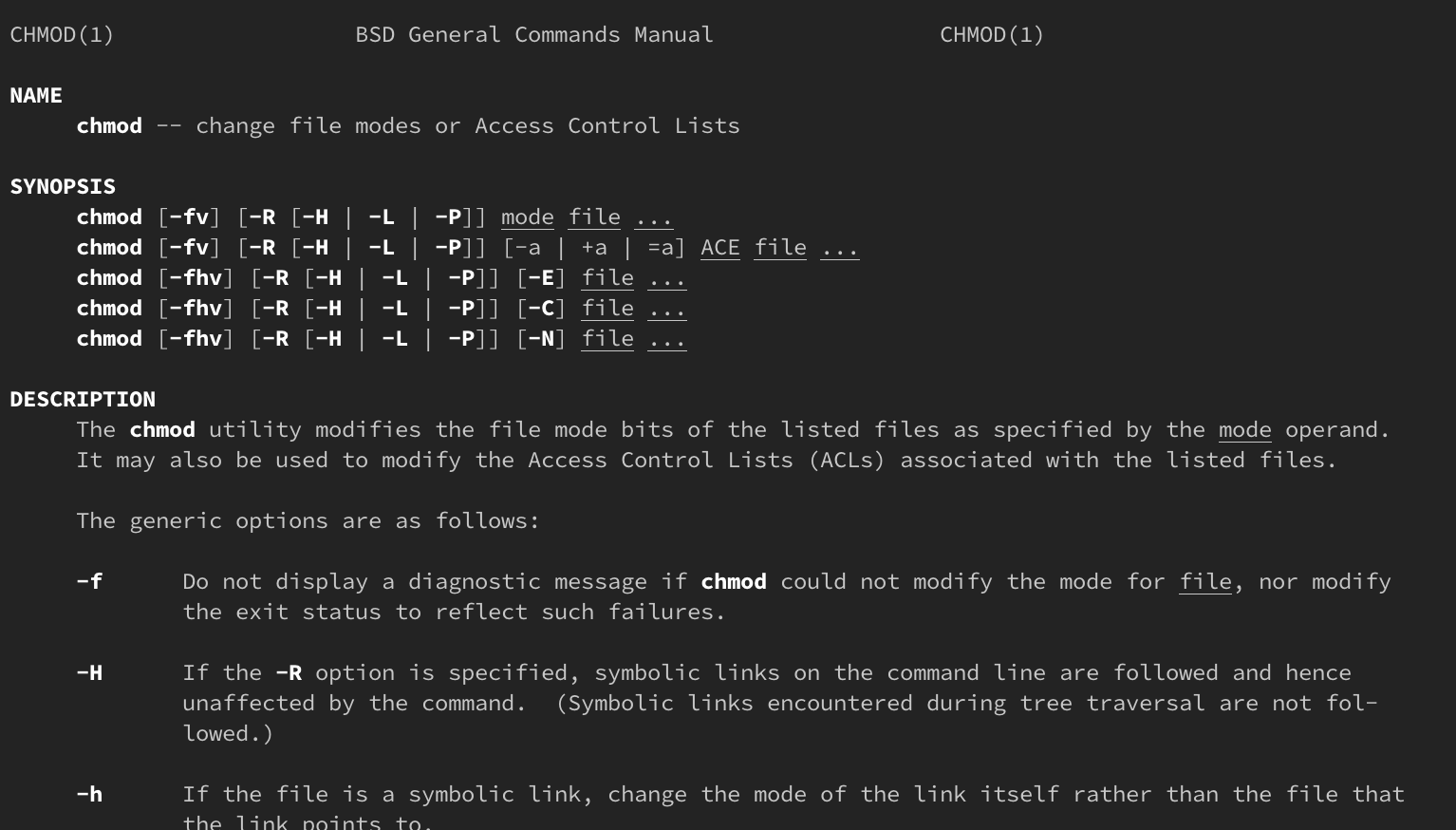
How Do Linux Permissions Work

Chmod 777 What Does It Really Mean Make Tech Easier

Linux Chmod Example Linux Hint

Linux Permissions Guide Plex Support

Chmod 777 755 655 644 And More Permissions Linux Files Tutorials

How To Change Permissions Chmod Of A File Hostgator Support

Change Ownership And Rights To Files And Folders In Linux Smashing Lab
Q Tbn 3aand9gcr2lfpzbutqythmvbwafnxvyggqfj7hnw6fhh Kcozkk8m5 V7o Usqp Cau
2

Linux File Permissions Tutorial For Beginners
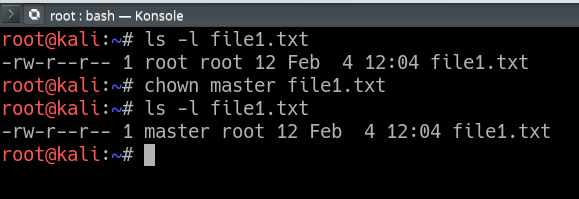
Chown Command In Linux With Examples Geeksforgeeks

Linux Chmod Command Tutorial With Examples To Change Permission Of Files And Folders Poftut

How To Use The Chmod Command On Linux Basic Linux Permission Linux File Permission Wiz Maverick Benisnous

Solved Chmod Can Be Used To Change The Mode Of The File Chegg Com

Introduction To Linux File Permissions Attributes Chmod Globo Tech

Unix File Permissions Computer Science

How To Change Directory Permissions In Linux Pluralsight

Linux Users And Groups Linode
Q Tbn 3aand9gcq1nsq3kxri7ryrifobs2rfobawbv4hezfw9 Ldf4feblahyn09 Usqp Cau
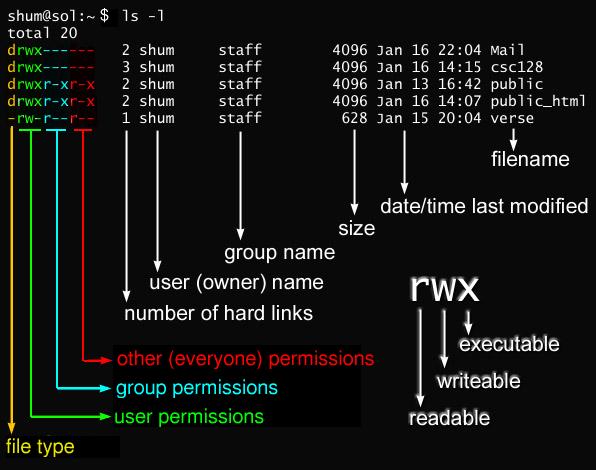
Javarevisited 10 Example Of Chmod Command In Unix Linux

Setting File And Directory Permissions Computational And Information Systems Laboratory

Learning The Shell Lesson 9 Permissions

Unix Linux Os X File Permissions

Linux File Permissions Complete Guide Devconnected
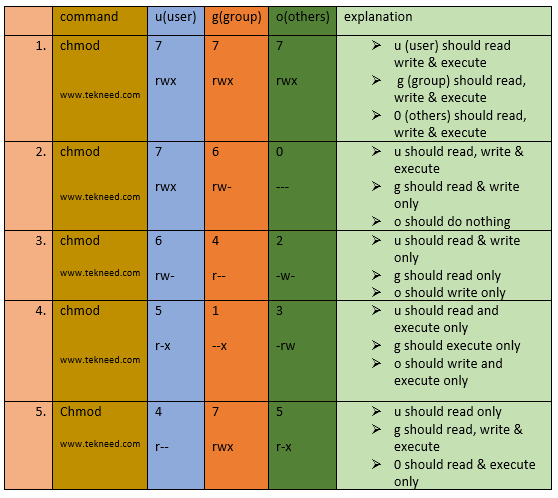
How To Set And Manage File Permission In Linux Part 1

Chmod 0400 Means
%20access%20permission%20%EC%98%88)%20chmod%20644%20test.jpg)
Permissions Why Use Chmod Instead Of Chmod U Rw Go R Unix Linux Stack Exchange

Chmod Command In Linux File Permissions Designlinux

Chmod 777 755 655 644 And More Permissions Linux Files Tutorials
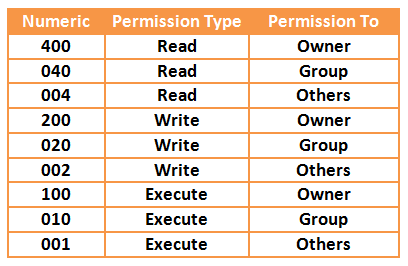
Your Own Linux Chmod Basics Of Files Directories Permissions And Use Of Chmod
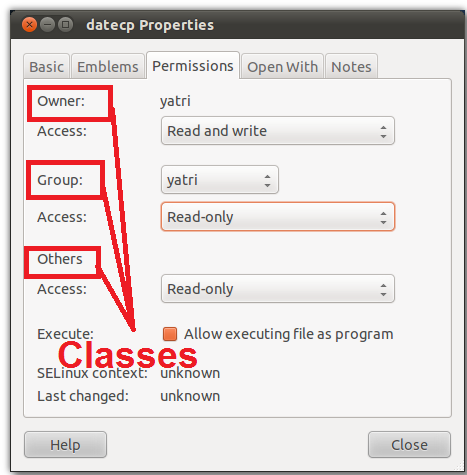
What Is Chmod 777
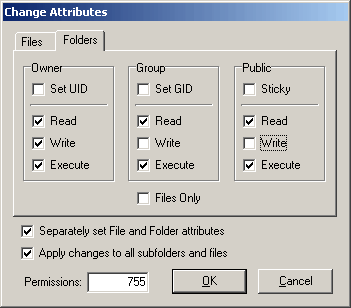
Requisite Access Rights At Server

Setup Correct Files And Folders Access Permissions Efficiently Web Site Scripts Com

Understanding Linux Permissions And Chmod Usage

How To Change Directory Permissions In Linux Pluralsight

Chmod Why It Matters User Permissions In Os X Droppedframe Com
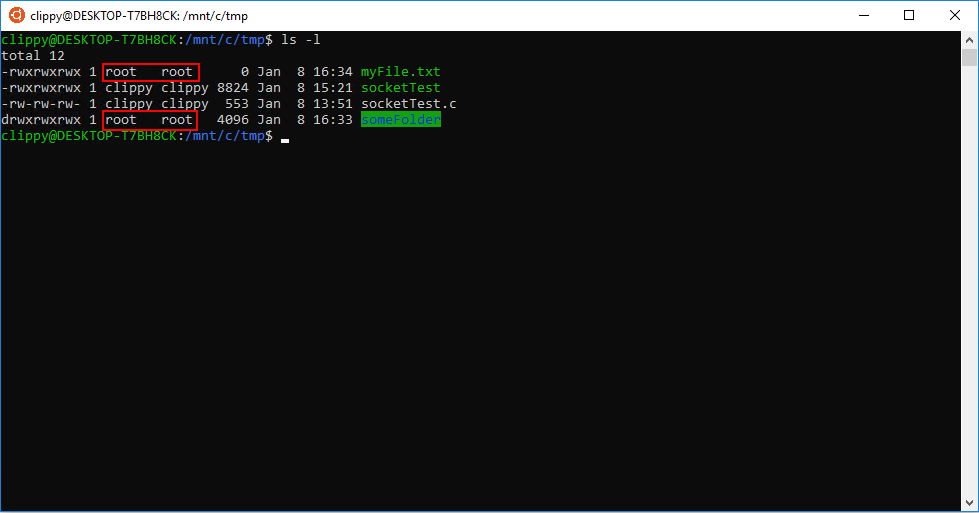
Chmod Chown Wsl Improvements Windows Command Line

44 File Permissions Chown Chgrp Chmod Umask Dong A Place To Track My Time Log

Your Own Linux Chmod Basics Of Files Directories Permissions And Use Of Chmod

Linux File Permission Change By Chmod Command In Linux Guide For Beginners

How Do Linux File Permissions Work

Understanding Basic File Permissions And Ownership In Linux The Geek Diary

Linux File Permissions Tutorial How To View And Change Permission

Understanding Linux Permissions And Chmod Usage
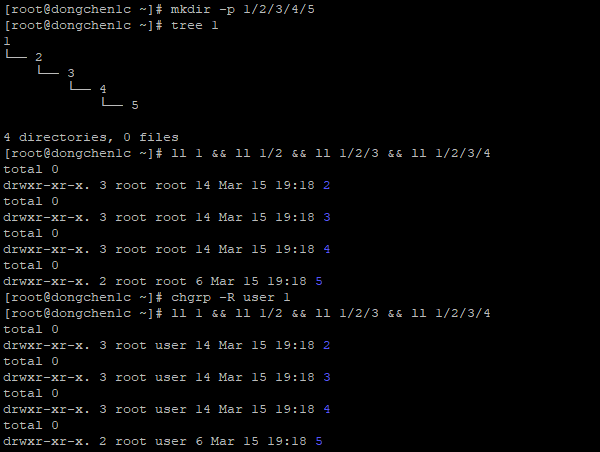
44 File Permissions Chown Chgrp Chmod Umask Dong A Place To Track My Time Log

How To Change Directory Permissions In Linux Pluralsight

How To Use The Chmod Command On Linux
.png)
File Permissions In Linux Unix With Example

Xampp Htdocs Permission Issue And Fix In Ubuntu

Chmod Command In Linux File Permissions Kirelos Blog

What Is Chmod 777 How To Change File Permissions For Linux Tech Ninja Pro
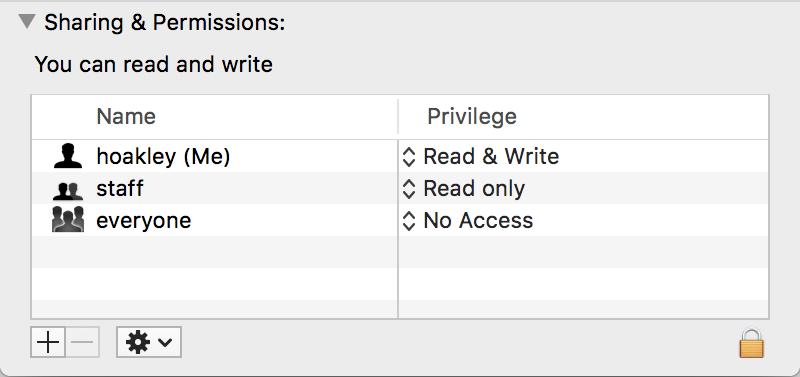
Permissions In The Finder And Command Line The Eclectic Light Company

Chmod Jessica Peng
/i7guGwCYcn-34e068e148ae4e918b29c86cd2d5740e.png)
Configuring Unix Linux File And Directory Access Rights

Chmod Command In Linux With Examples Geeksforgeeks

Understanding Linux File Permissions With Chmod Umask Chown And Chgrp Liquidon Net



